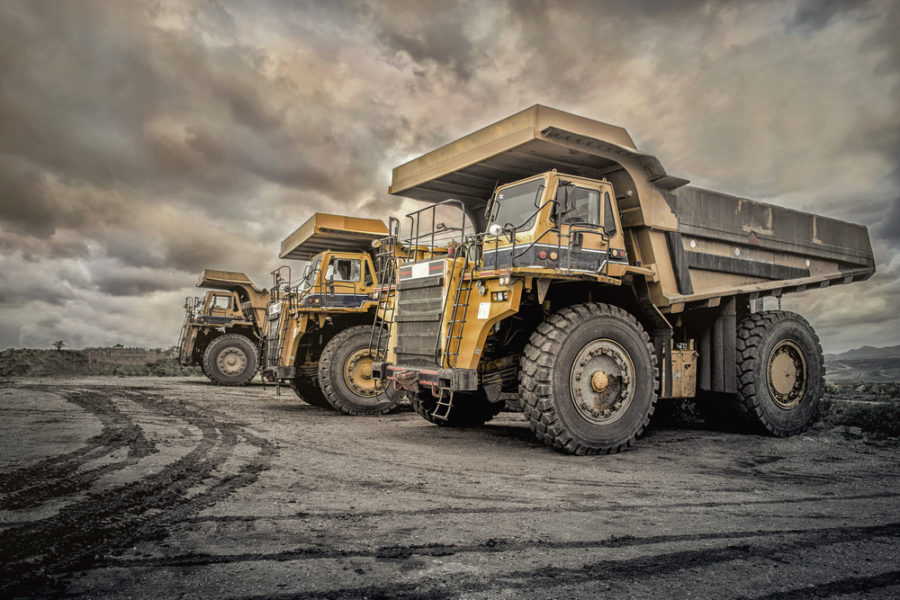Leasing Vs. Acquiring Building And Construction Equipment: Making the Right Selection for Your Task
When starting a building and construction job, among the critical decisions that forecast supervisors and stakeholders deal with is whether to rent or get building devices. Both alternatives have their advantages and drawbacks, making the choice a crucial one in the project planning process. The choice depends upon different elements such as cost considerations, task period, tools maintenance, danger, scalability, and flexibility monitoring. Each element plays a vital duty in figuring out one of the most appropriate path for the project's devices demands. aerial lift rental. Let's explore these variables better to understand just how they affect the decision-making process and ultimately the success of the project.
Cost Factors To Consider
Renting out tools typically calls for lower first payments contrasted to purchasing, making it an attractive alternative for short-term projects or contractors with budget plan restrictions. In the long run, continuously leasing devices can accumulate greater prices than purchasing, especially for extensive jobs.
On the various other hand, acquiring building and construction equipment includes higher ahead of time costs however can result in long-term cost savings, specifically for lasting projects or constant individuals. Owning devices supplies versatility, convenience, and the potential for resale worth once the task is completed. In addition, owning tools enables modification and familiarity with certain machinery, possibly raising efficiency and efficiency on-site. Inevitably, the choice in between acquiring and leasing construction devices pivots on the project's duration, frequency of usage, budget considerations, and long-lasting monetary objectives.
Job Period

Alternatively, for long-lasting tasks or recurring building work, purchasing tools can be the a lot more affordable choice. Getting tools can cause cost savings over time, particularly if the equipment will be frequently made use of. Moreover, owning devices gives a sense of control over its accessibility and permits for customization to fit specific task demands.

Devices Upkeep
Given the critical function task period plays in identifying the most economical technique between buying and renting construction tools, the focus now changes towards taking a look at the vital aspect of tools upkeep. On the other hand, having devices needs a positive approach to upkeep to avoid breakdowns, guarantee safety, and expand the tools's life-span. Eventually, a properly maintained building equipment fleet, whether rented out or had, is crucial for the successful and effective conclusion of construction projects.
Versatility and Scalability
In the realm of building and construction equipment monitoring, the facet of adaptability and scalability holds significant relevance for task performance and source use. Choosing to lease building devices gives a high level of versatility as it allows for the fast modification of equipment kinds and amounts based upon the evolving needs of a task. Leasing allows specialists to access a wide variety of specific equipment that might be required for specific jobs without the lasting dedication of possession. This adaptability is especially useful for jobs with varying needs or unclear durations (aerial lift rental).
Renting building and construction equipment uses the advantage of conveniently scaling operations up or down as job demands fluctuate. Professionals can quickly include or exchange devices to match the task's transforming needs without the constraints of having possessions that may come to be underutilized or obsolete.
Danger Monitoring
Reliable danger administration in construction equipment procedures is vital to ensuring job success and mitigating possible economic losses. Building and construction projects inherently entail different risks, such as tools malfunctions, accidents, and job delays, which can dramatically influence the job timeline and budget plan. By thoroughly considering the dangers related to owning or renting construction tools, job supervisors can make informed decisions to reduce these prospective threats.
Renting building devices can supply a degree of threat reduction by moving the obligation of maintenance and repairs to the rental firm. This can minimize the economic concern on the project proprietor in situation of unexpected tools failures (construction equipment rentals). Furthermore, leasing supplies the flexibility to access specialized tools for certain project phases, reducing the risk of owning underutilized equipment
On the other hand, owning building devices provides a sense of control over its use and maintenance. Nevertheless, this additionally suggests bearing the complete responsibility for repair services, maintenance costs, and devaluation, enhancing the monetary threats related to tools possession. Mindful threat assessment and factor to consider of aspects such as project duration, equipment application, and maintenance needs are critical in determining the most suitable choice for effective threat management in construction projects.
Conclusion
To conclude, when choosing between leasing and getting the original source construction devices, it is very important to take into consideration expense, task period, tools upkeep, versatility, threat, and scalability monitoring. Each element plays a critical function in identifying the most appropriate alternative for the project at hand. By meticulously reviewing these facets, task supervisors can make an enlightened decision that straightens with their budget, timeline, and total task goals.
